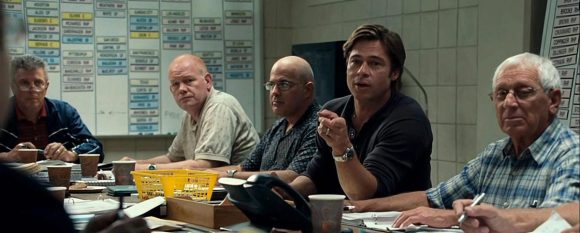
As a startup investor (and fund manager), there are themes that appear repeatedly in the dealflow submitted by startups. The entrepreneurs typically can’t see these patterns, and thus end up wasting their time repeating the same business plans that others many have tried and failed.
I’ve written about this information asymmetry before and included a short list of business ideas Fledge has seen too many times on Fledge’s blog too.
That said, sometimes there are ideas that may simply be a bit too early, with the failures caused by timing rather than because the plan itself is flaws. After all, most of what makes companies succeed is timing.
The question is, is vertical farming a flawed idea or just too soon?
Vertical farming is hydroponics (or aeroponics) taken one step further, with vertical stacks of grow beds, air conditioned warehouses, LED lighting, etc. This is the most expensive method ever invented to grow food, but with claims to produce more food per square meter than any other technique.
Below are two overviews of the state of the art in vertical farming. The first is optimistic, predicting that costs will drop as the market grows, with those costs eventually low enough that even grains will be vertically farmed. The second is more pessimistic, showing where vertical farming works but not predicting the same future scale.
With my investor hat on, my conclusion is that it is too soon to tell. Indoor farming, vertical or not, is still clearly being figured out. It currently works more often than not for leafy greens, and proving to work for some high-end fruits, but it is a decade or two away from being any significant part of the food system.
For now, dirt and greenhouses are far more cost effective means of growing food. For now, I’ll keep my eye out for progress, but I’ll be continuing to pass on the multitude of vertical farming deals that pass through my inbox.
Update: A view from a futurist
The following video is from Science and Futurism with Isaac Arthur, a popular futurist who does an excellent job explaining both the advantages of vertical farming as well as the economic realities.














